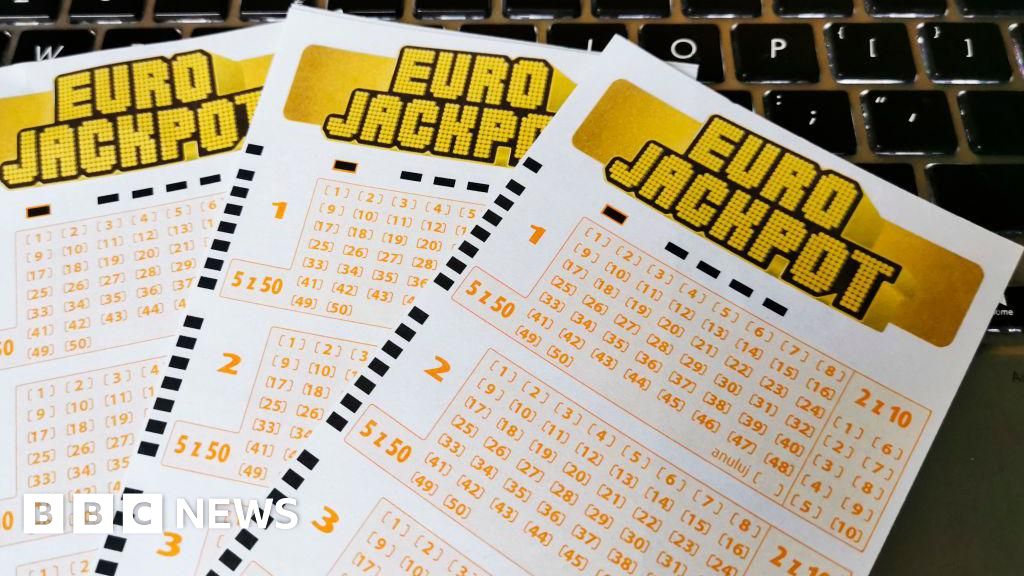Key Takeaways
- Like highly liquid large-cap tech stocks, BTC and ETH show tight bid-ask spreads and limited slippage.
- Despite improving liquidity for BTC and ETH, overall crypto trading volumes lag far behind major stock exchanges like the NYSE.
- Bid-ask spread correlations show that BTC and ETH are closely linked, while crypto and traditional stocks exhibit low correlation.
Once seen as speculative assets on the fringes of finance, Bitcoin (BTC) and Ethereum (ETH) are increasingly behaving like large-cap tech stocks.
According to a new report from S&P Global , the two leading cryptocurrencies now exhibit market characteristics typically associated with highly liquid equity assets—tight bid-ask spreads, minimal slippage, and a growing alignment with institutional flows.
But despite these signs of maturity, the report notes that the broader crypto market remains fragmented, less liquid, and still highly sensitive to external shocks.
You’ll Want To See This
BTC and ETH Are Trading Like Mature Tech Stocks
Liquidity—the ability to convert assets into cash or stablecoins without significant cost—is key to efficient markets. And in that respect, Bitcoin and Ethereum are beginning to stand apart from the rest of the crypto ecosystem.
S&P Global found that BTC and ETH trade on Binance with narrower bid-ask spreads than many S&P 500 stocks, and traders generally encounter low slippage.
These dynamics mirror those of large-cap tech stocks, pointing to a more mature trading environment for the two leading cryptocurrencies.
However, crypto volumes still pale in comparison to traditional financial markets.
While daily volumes for BTC and ETH are substantial, they’re dwarfed by those on the New York Stock Exchange (NYSE), where trading activity is more than 10 times greater.
The launch of spot BTC and ETH exchange-traded funds (ETFs) helped narrow this gap somewhat. These products attracted institutional interest and triggered spikes in Binance trading volumes.
Still, S&P notes that the vast majority of volume remains on crypto-native venues, underscoring crypto’s strong retail base.
BTC and ETH are starting to behave like traditional tech stocks in their market structure, but their ecosystem is far from NASDAQ-level infrastructure.
Spreads Show High Liquidity in Crypto’s Top Assets, but not Across the Board
Bid-ask spreads are one of the clearest indicators of liquidity. S&P analyzed daily spreads for both equities and crypto assets by comparing the lowest ask with the highest bid, normalized by the midpoint price.
The results reveal a nuanced picture. BTC, ETH, and USDT on Binance generally show wider spreads than Apple, suggesting higher friction in trading.
However, compared to Broadcom, a tech stock with less liquidity than Apple, digital assets often had tighter spreads.
Correlation data backs this up: bid-ask spreads for BTC and ETH are closely linked, with a correlation of 0.72, suggesting they respond to similar market forces.
In contrast, crypto and traditional equities show low correlation, reflecting their different liquidity drivers.
Even within traditional markets, correlations between Apple and Broadcom spreads were low, reinforcing that liquidity is shaped by sector-specific and asset-specific factors, regardless of asset class.
Stablecoin-Fiat Markets Are Still Shallow
S&P also looked at market depth, or how much of an asset can be traded within a certain price range, such as 1% or 10% from the mid-price, without causing slippage.
The EUR-USDT trading pair showed limited depth, with less than €5 million available at 1% and under €8 million at 10%.
This suggests that fiat-to-stablecoin markets are still relatively shallow compared to crypto-to-crypto pairs.
By contrast, USDT pairs showed significantly more liquidity.
On Binance, USDT’s 1% depth was around $15 million, and its 10% depth reached $30 million. BTC-USDT showed the deepest liquidity among crypto pairs, while EUR-USDC had the shallowest.
Crypto-USDT pairs tend to be more liquid than fiat pairs because they don’t rely on banking rails or regulatory constraints.
These pairs are more integrated into trading strategies and operate seamlessly within the crypto-native environment.
That said, market depth can evaporate during periods of stress. During the Silicon Valley Bank crisis in March 2023, for example, the USDC-USD pair on Kraken saw its 1% depth shrink drastically, forcing larger trades to move into the 10% band.
Comparing BTC, ETH, USDC, and USDT against EUR also showed that crypto assets generally enjoy deeper liquidity than stablecoins in fiat markets, especially within a 10% trading range.
Was this Article helpful?


















